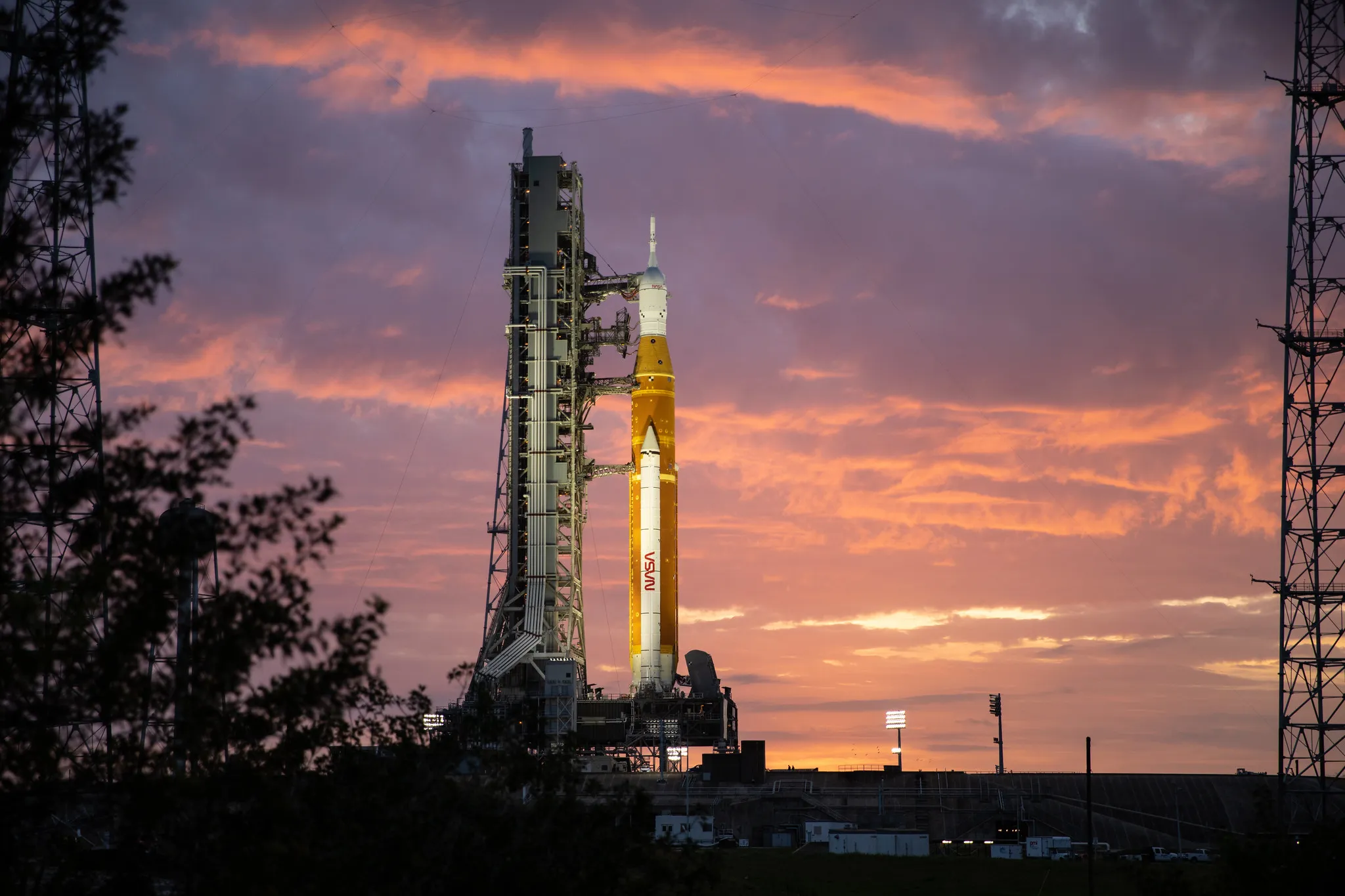

Cosmox Blogs
The Goddess’s Mission : Artemis program
Apollo may have got us to the moon, but it's Artemis that will make us establish ourselves on it. NASA’s journey with the moon started in 1969 when Neil Armstrong and Buzz Aldrin etched their footprints on the surface of the moon with the Apollo program. What started as political propaganda to establish the United States’ dominance over the soviet union during the Cold War is now the torchbearer, leading humanity into a brighter tomorrow.
Artemis, the Greek goddess of the moon and the hunt and the twin sister of Apollo (the god of the sun, music, archery, and medicine) is who this program is named after and rightfully so, it was the Apollo program that got us to the moon but the Artemis program is much deeper.
Artemis has always been a symbol of feminism. Throughout history, she has empowered women to reclaim their strength, independence, and authenticity (as she elucidates through her hunters.) This intertwines with the depth of the program as the program aims to ‘establish a long-term human presence on the Moon, and the first woman and person of color on the Moon, and advance scientific discovery and technology’ as quoted from NASA. a righteous endeavor.
The main spaceflight infrastructure for Artemis includes the Orion spacecraft ( ironic. But more on that later), the Space Launch System (SLS), and the Human Landing System. The Lunar Gateway space station is what will support human habitation.
The program started in 2021 on November 16 with the first mission. Artemis 2 is Scheduled for launch no earlier than September 2025, Artemis 3 is scheduled to launch no earlier than 2026, and Artemis 3 and 4 are scheduled for 2027 and 2029 respectively.it is with this that NASA wishes to apply the knowledge gained from this mission to prepare for sending astronauts to Mars.
More about the Artemis missions:
-> Artemis 1: a test flight, to orbit and fly beyond the moon
-> Artemis 2: will be a crewed flight beyond the Moon which will take humans the farthest they’ve ever been in space.
-> Artemis 3: will be the first crewed Moon landing mission since Apollo 17 in 1972. NASA aims to land the first female astronaut and first astronaut of color on the lunar surface. They will spend a week on the Moon performing scientific studies, before returning to Earth.
-> Artemis 4: will deliver a core part of a new lunar space station (named 'Gateway') into orbit around the Moon, and land another two astronauts on the Moon's surface.
A key aspect of artemis is international collaboration. NASA has partnered with the European Space Agency (ESA), Japan Aerospace Exploration Agency (JAXA), and the Canadian Space Agency (CSA). This global effort also includes contributions from private companies like SpaceX, which will provide the Human Landing System for Artemis 3. But what's cool about the Artemis 3 which is anticipated later in the decade, will land astronauts on the Moon's South Pole, where water ice could support life, fuel production, and other vital resources.
Nasa states on their website “We’re going back to the Moon for scientific discovery, economic benefits, and inspiration for a new generation of explorers: the Artemis Generation. While maintaining American leadership in exploration, we will build a global alliance and explore deep space for the benefit of all.”
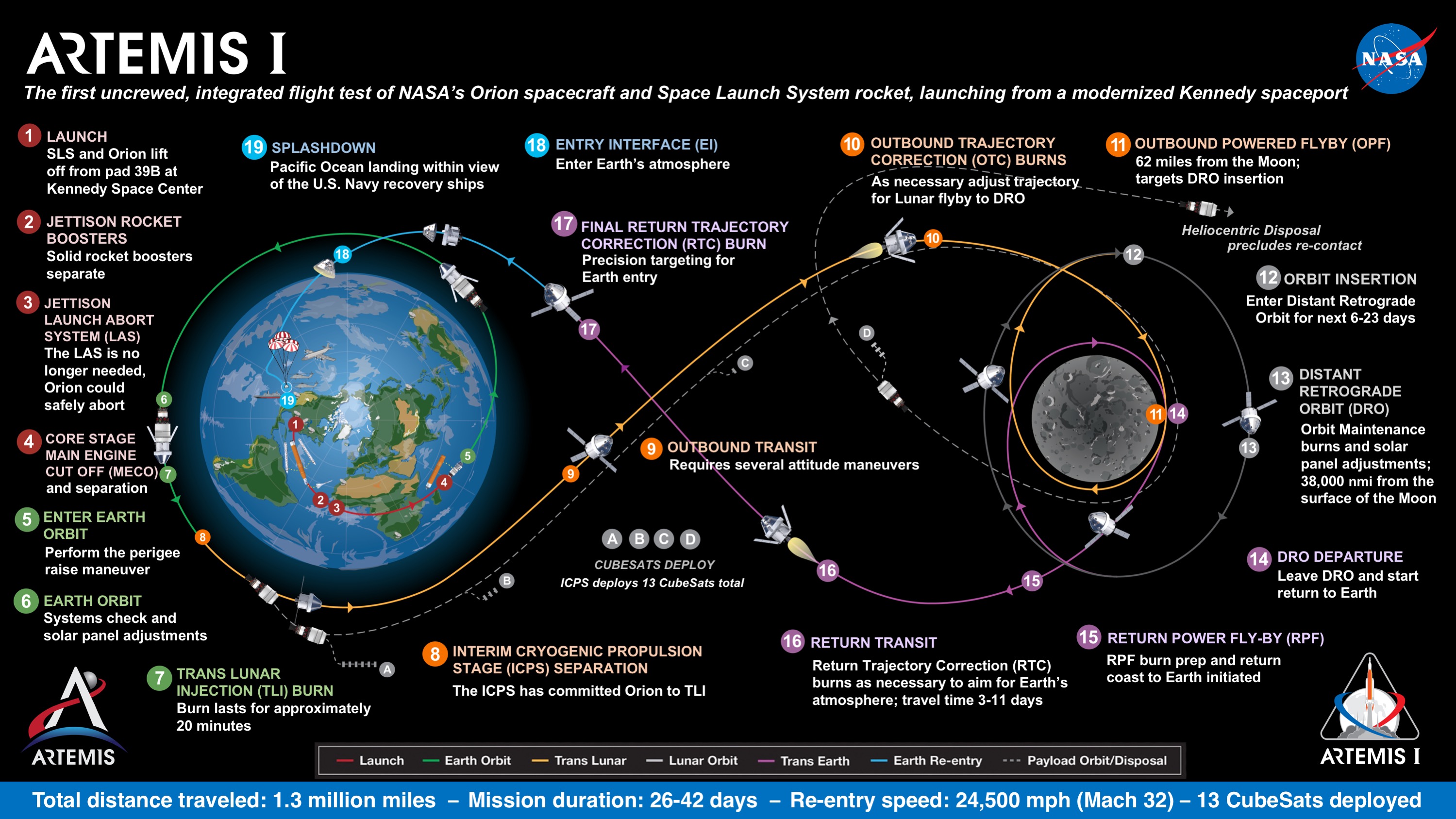
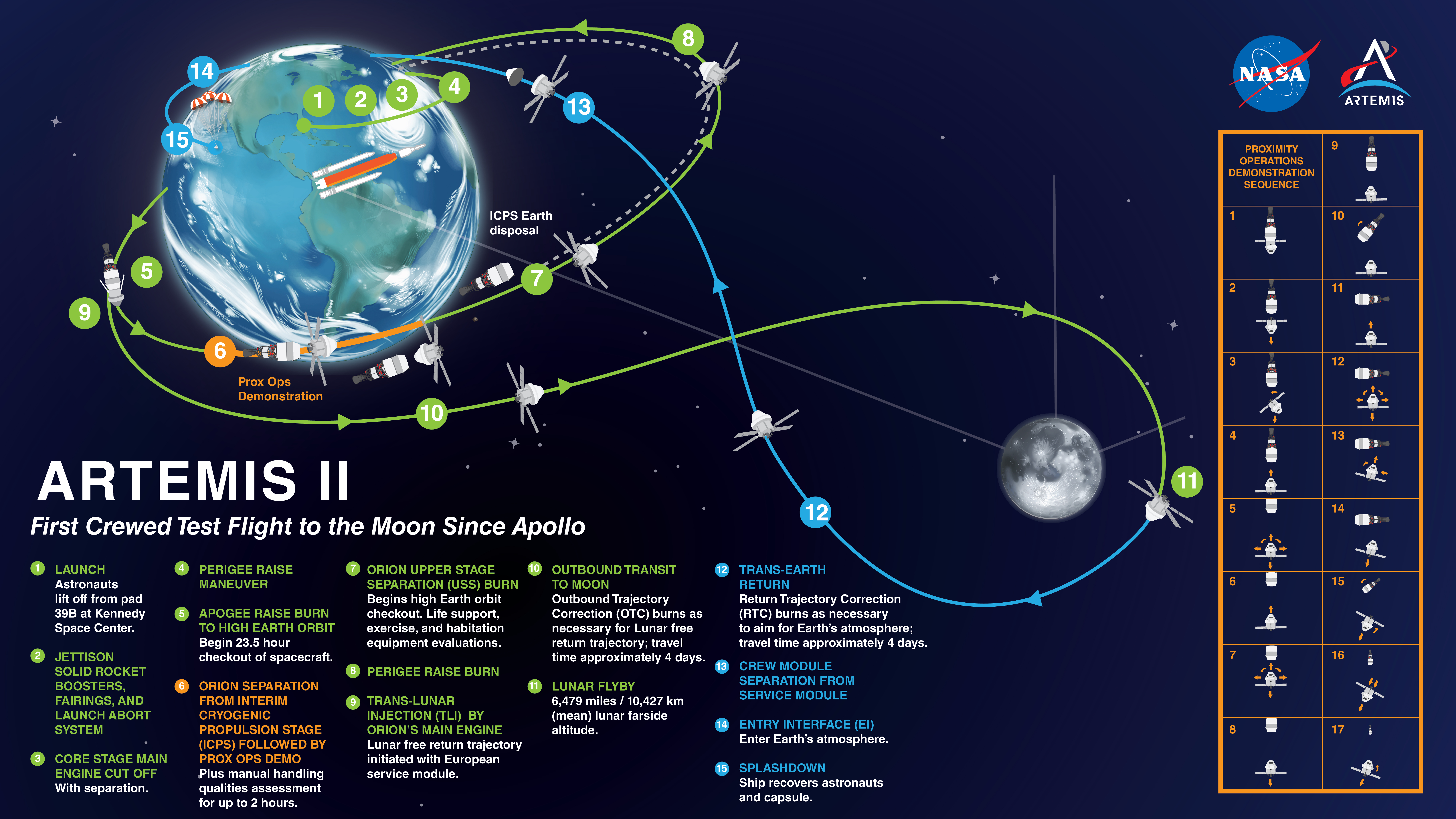
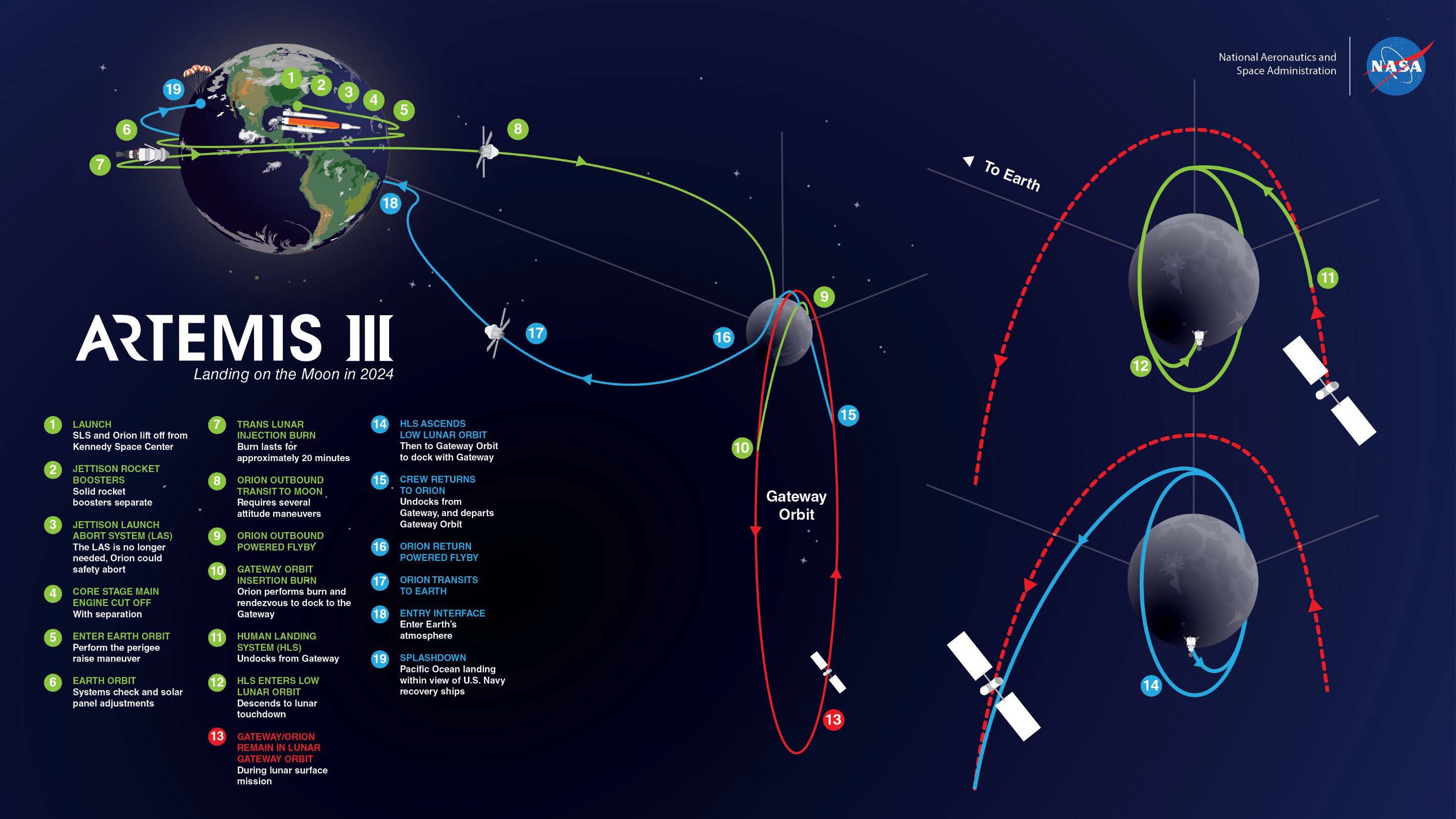
Nasa thinks that they are still scratching the surface of the moon and that there is so much more to be discovered about it. Craters in the south pole of the moon contain frozen water which provides water for drinking, can be converted into oxygen, and used for fuel in rockets. Using the moon's resources makes space exploration more affordable since we don't have to bring everything from the earth. This is also important to help NASA get ready for our next giant leap – human exploration of Mars.
The Orion Spacecraft
The crewed spacecraft of the mission is called Orion, there are many versions of the Artemis and Orion story in Greek mythology, but essentially Orion was Artemis's hunting partner, their story ended tragically, with Orion dying and Artemis making him into a star. Some versions say that he mistreated Artemis or that she accidentally killed him after being tricked by Apollo. Nonetheless, the spacecraft which is adequately equipped with life support systems and shuttle interfaces is the command module needed to transport the astronauts through space.
The Orion spacecraft represents a monumental leap forward in space exploration technology, enabling missions of far greater scope, duration, and complexity compared to the Apollo program. As the next-generation crewed spacecraft, Orion incorporates state-of-the-art advancements that enhance safety, efficiency, and mission capabilities, building upon the foundation laid by Apollo.
One of Orion’s most notable improvements is its increased size and capacity. The spacecraft offers 50% more habitable space than its Apollo predecessors, providing the crew with significantly more room for tasks, supplies, and comfort during extended missions. While Apollo supported three astronauts for up to 14 days, Orion—under the Artemis program—can accommodate four astronauts for missions lasting up to 21 days. This expanded capacity is critical for the longer-duration missions that Artemis is designed to undertake, including those to the lunar surface and beyond.
Orion also incorporates cutting-edge features that set it apart from Apollo-era technology. Its flight computers are exponentially more powerful, allowing for precise navigation and greater automation. The spacecraft is constructed using advanced composite materials and includes 3D-printed components that streamline manufacturing and reduce weight. Solar arrays replace the fuel cells used by Apollo, providing a renewable energy source. Additionally, Orion is equipped with an improved heat shield capable of withstanding the extreme temperatures of reentry from deep space, which is crucial for crew safety.
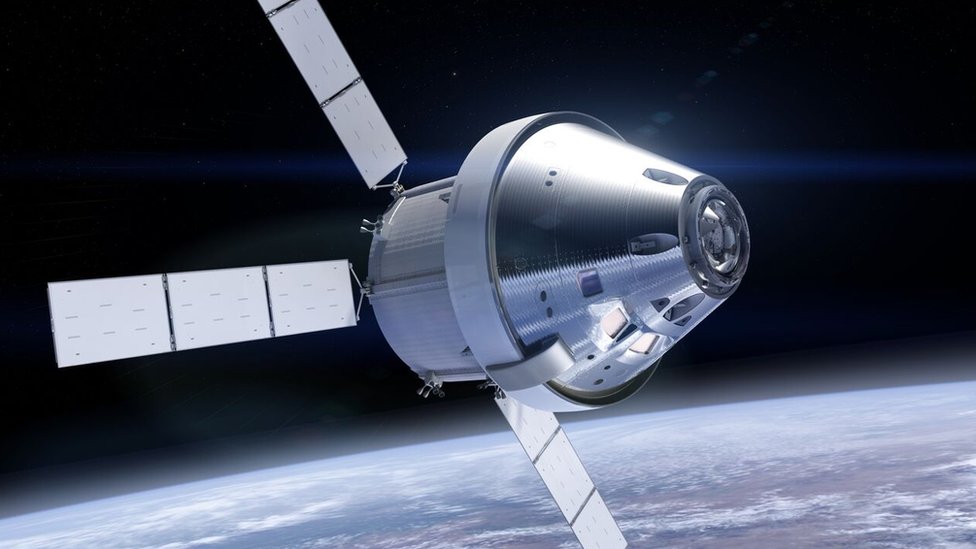
Despite these advancements, Orion retains some of Apollo’s time-tested design elements, particularly in its landing system. Both spacecraft use a parachute sequence for reentry and splashdown, with similar deployment altitudes and timing. Like Apollo, Orion is engineered to land safely in emergency scenarios, even if only one drogue and two main parachutes are deployed. However, due to Orion’s significantly larger mass—approximately 23,000 pounds compared to Apollo’s 12,000 pounds—it requires larger and more robust parachutes.
Orion also reflects the profound evolution of computing and software technologies. Apollo was revolutionary for its time, ushering in the era of computer-guided spaceflight. In contrast, Orion capitalizes on 50 years of technological advancements, integrating systems that are faster, more reliable, and capable of handling the complexities of modern space missions.
In summary, the Orion spacecraft represents a significant technological evolution, combining lessons learned from Apollo with modern innovations to support humanity’s ambitions for deep space exploration. It embodies the progress made in space travel over the past half-century and paves the way for the next era of discovery.
The Gateway
The Gateway is an innovative space station currently in development that will orbit the Moon, serving as a vital hub for lunar exploration and future deep space missions. Unlike the International Space Station (ISS), which supports a continuous human presence, Gateway is designed for more flexible, short-term crewed missions, while also functioning independently between human visits. This adaptability ensures it can contribute to scientific research and exploration even when unoccupied.
One of Gateway’s central roles will be to facilitate missions to the Moon. The Orion spacecraft will dock with Gateway, enabling astronauts to transfer into a specialized lunar landing module that will carry them to the Moon’s surface. This modular approach streamlines the process of lunar exploration and enhances mission safety by creating a reliable staging point in lunar orbit.
Gateway’s design also supports a wide range of objectives beyond lunar missions. Its position in orbit around the Moon provides a unique platform for scientific studies, including observations of the Moon, Earth, and deep space. Moreover, it will serve as a testing ground for advanced technologies and systems required for longer-duration missions, such as expeditions to Mars. These features make Gateway a critical step in establishing a sustainable human presence in space.
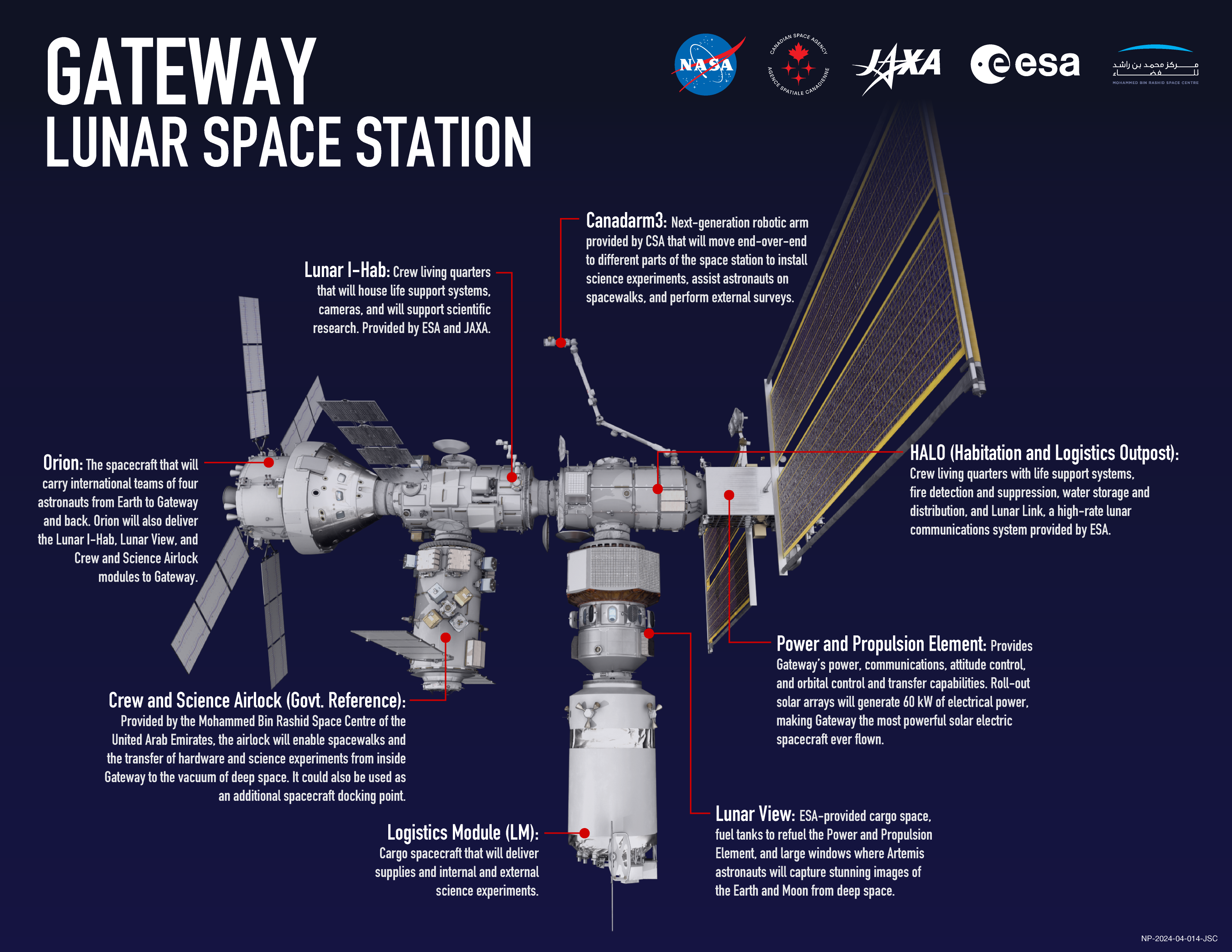
A collaborative international effort, Gateway embodies the next phase of space exploration, leveraging the experience gained from the ISS while pushing the boundaries of what is possible in space science and technology. Its development represents humanity’s commitment to exploring the cosmos and creating new opportunities for discovery and innovation.
Just as Artemis, the goddess of the hunt, lit the night with her moonlit bow, NASA’s Artemis mission aims to illuminate humanity’s path back to the Moon. In the spirit of her twin Apollo, Artemis carries the torch of exploration, guiding us toward a future where the Moon is just the beginning
"This time, it's not Apollo's fire but Artemis's aim that will bring humanity to the next lunar age."

Cosmox Blogs
A non profit organization that works on writing and delivering blogs on cosmology, natural sciences & environment, so that people can learn more about it. We even run a forums page, where our users interacts with each other and discuss about Cosmology, Natural Sciences & Astronomy. We even run an instagram and a youtube channel with podcasts.